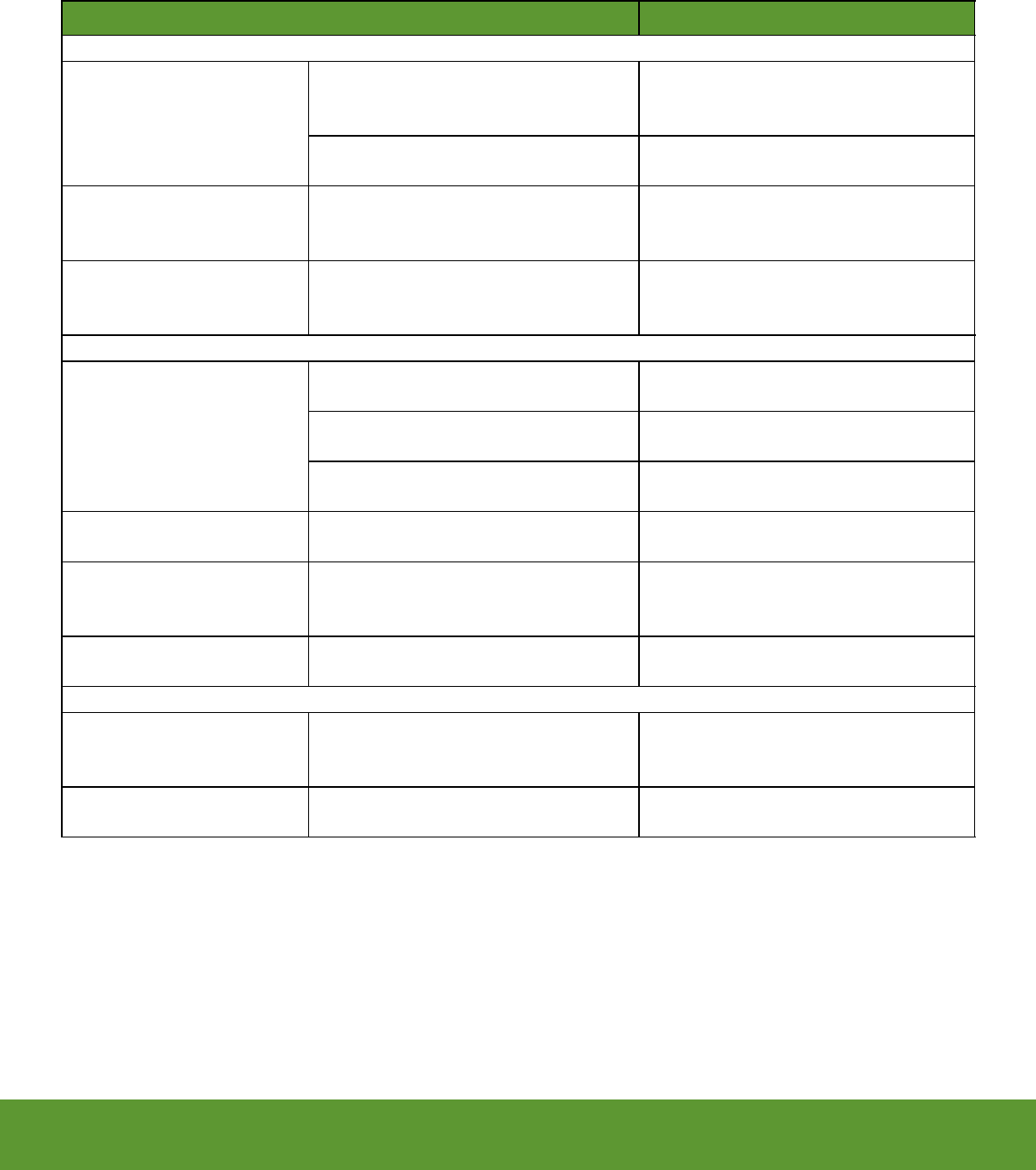
Fridge freezer user guide
18
Troubleshooting
Temperatures are too warm
Fridge/freezer temperature is too
warm.
Doors are opened too frequently or for too
long.
Warm air enters the fridge freezer whenever
one of the doors is opened. Open the door
less often.
Door is slightly open. See problem column for the opening/closing
of doors/drawers.
Freezer temperature is too
warm. Fridge temperature is
satisfactory.
Freezer control is set too warm. Set freezer control to a colder setting. Allow
24 hours for temperature to stabilise.
Fridge temperature is too
warm. Freezer temperature is
satisfactory.
Fridge control is set too warm. Set fridge control to a colder setting. Allow 24
hours for temperature to stabilise.
Water/moisture/frost inside fridge
Moisture collects on inside of
fridge walls.
Weather is hot and humid. The rate of frost build up and internal
sweating increases.
A door is slightly open. See problem column for the opening/closing
of doors/drawers.
Door is opened too often or too long. Open door less often to allow internal
temperature to stabilise.
Water collects on bottom side of
drawer cover.
Water collects on bottom side of drawer
cover.
It is not unusual to have moisture on the
bottom side of the cover.
Moisture collects in bottom of
drawer.
Washed vegetables and fruit drain while in
the drawer.
Dry items before putting them in the drawer.
Water collecting on bottom of drawer is
normal.
Fruits and vegetables are kept past their
prime.
Routinely clean out old fruits and vegetable
especially if they begin to break down.
Water/moisture/frost outside Fridge Freezer
Moisture collects on outside of
fridge freezer or between doors.
Weather is humid. This is normal in humid weather. When
humidity is lower, the moisture should
disappear.
Door is slightly open, causing cold air from
inside fridge to meet warm air from outside.
See problem column for the opening/closing
of doors/drawers.
(continued)


















